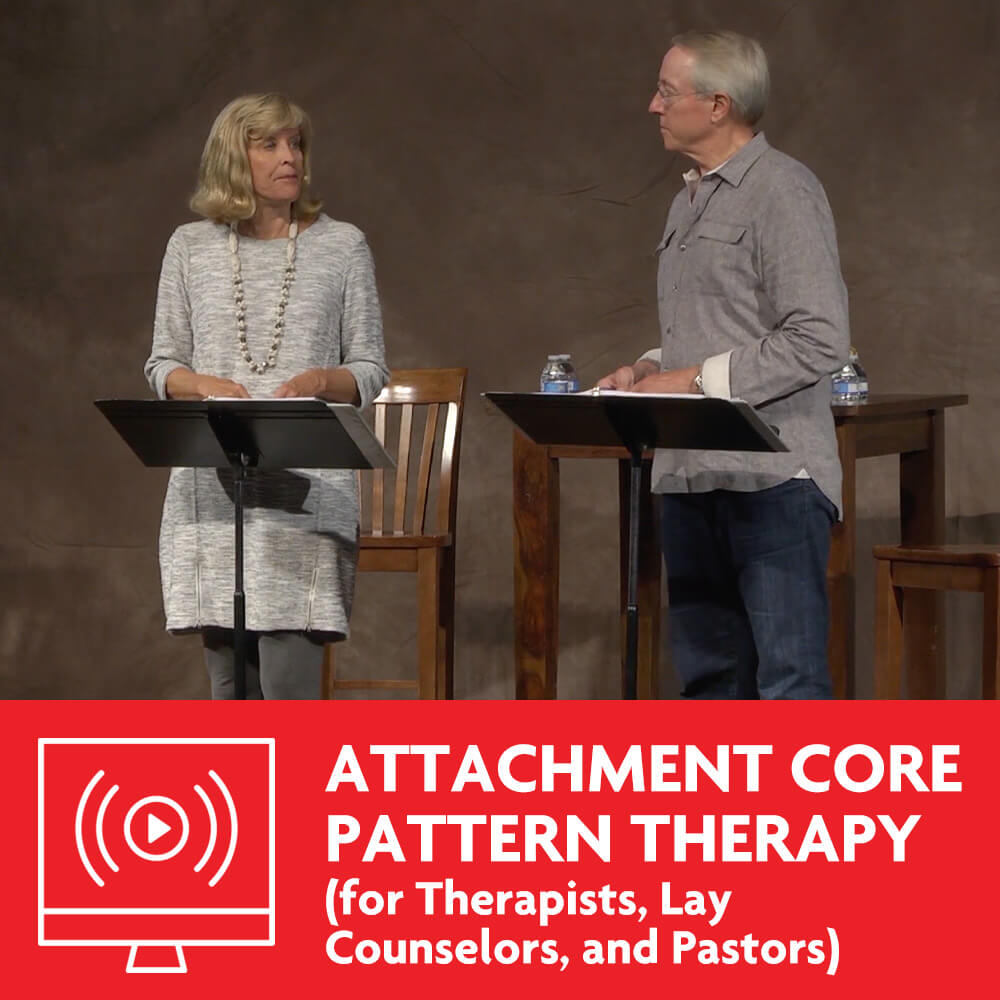Description
Most couples can describe their Core Pattern; a repetitive, reactive interchange that happens over and over. Many therapists try to modify the symptoms and complaints generated by this frustrating dance without understanding and addressing the roots. These tenacious cycles are created as each spouse’s attachment injuries collide in marriage.
In our approach (Attachment Core Pattern Therapy), we help couples define the attachment wounds that drive the cycle and recognize the source of their reactivity. When couples can see the Core Pattern, not each other, as the enemy, a shift takes place. Breaking out of the Core Pattern and moving toward secure connection is the goal of ACPT Couples Therapy. Singles, divorcees, and individuals can also identify their attachment style, deepen their self-awareness and understand why others react in predictable ways.
Your Purchase Includes:
Six hour training (video)
- Chapter 1: (39 minutes)
- Arrangement of Syllabus
- Our Approach to Couples Therapy: Getting to the Root
- Bonding Cycle
- Reactive Attachment Disorder (RAD)
- Brief History of Attachment
- Chapter 2: (40 minutes)
- Six Style Approach
- Secure Connector
- The Avoider (dismissive, detached)
- Questions
- Chapter 3:
- The Pleaser (fearful pursuer)
- Chapter 4: (35 minutes)
- The Vacillator (ambivalent, preoccupied)
- Chapter 5: (33 minutes)
- The Controller Victim
- Attachment Styles and the DSM
- Chapter 6: (30 minutes)
- Attachment Wounds in the Therapist
- Duets that Damage: Understanding Core Patterns
- Avoider/Vacillator, Pleaser/Vacillator, Avoider/Pleaser
- Love Styles and Propensities for Affairs
- Chapter 7: (30 minutes)
- In-depth look at the Vacillator/Avoider
- Core Pattern: Diagram and PDF File
- Chapter 8: (23 minutes)
- Taking a Couple through the stages of growth in ACPT
- The Comfort Circle
- Chapter 9: (47 minutes)
- Working with a Couple (live)
- Comfort Circle
- Chapter 10: (34 minutes)
- Discussion about Couple’s Session
- Holding Time
- Questions
Powerpoint presentation used in the training
Training content (PDF)
- Six Attachment Styles
- Explanations of the most common Core Patterns
- Therapist and client-friendly diagrams to identify attachment styles and core patterns
- Evaluations
- Handouts you can copy and give to couples
- A copy of the Vacillator/Avoider Core Pattern. This is one of the most common core patterns of couples seeking therapy and the file contains a diagram of the Core Pattern and a full description of this interaction with interventions and growth goals.






Reviews
There are no reviews yet.